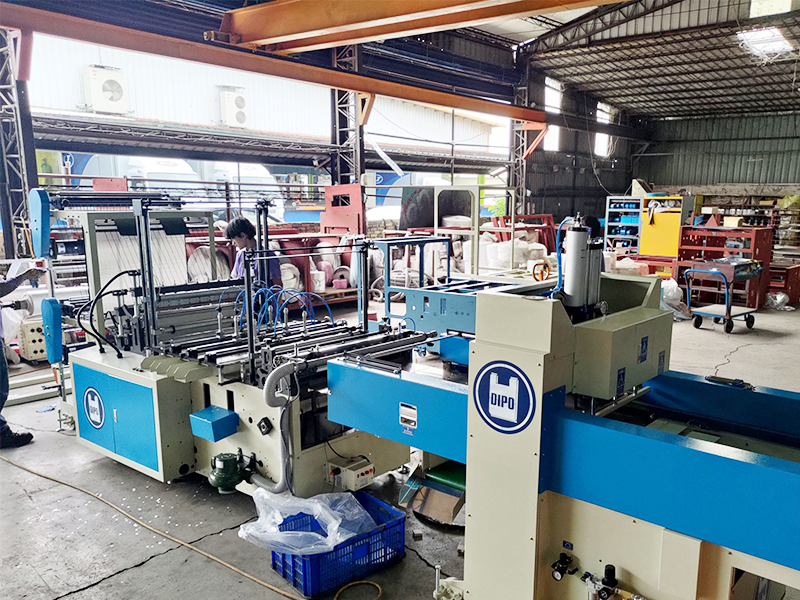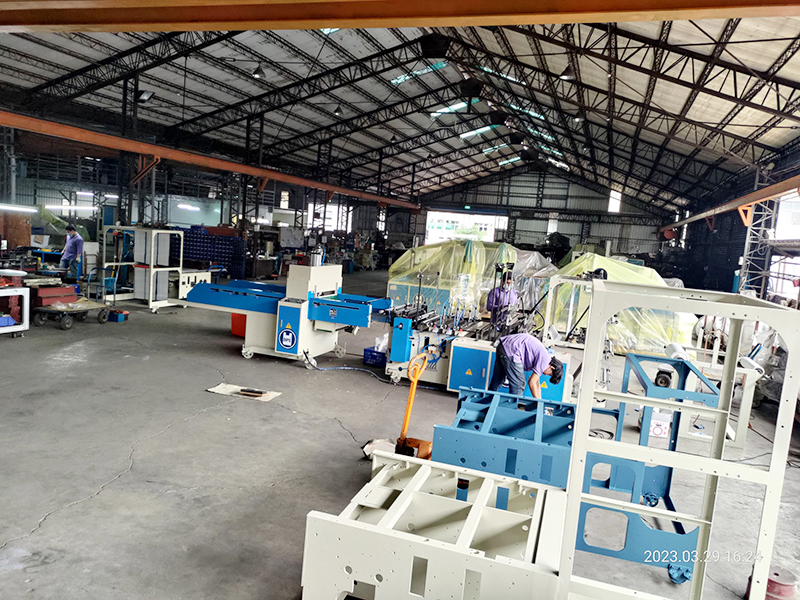
Plastic refers to high molecular weight synthetic resin/petroleum as the main component, adding appropriate additives, such as plasticizers, stabilizers, antioxidants, flame retardants, lubricants, colorants, etc., processed plastic (flexibility) material, or a rigid material formed by curing and crosslinking. Plastic first came from England in the 1850s, and since it was developed, it has been widely used in various aspects.
Before plastic waste enters the ocean, collecting plastic waste from rivers or catching plastic at sea is to deal with marine pollution and protect marine biodiversity. In the process, localization, low-tech, and low-cost methods are used to collect plastic waste.
(Example: Trash Boom "floating barrier anchoring system is local, low-tech and low-cost. Avoid imported products, fast repair and scalability.) All recyclable materials are recycled Reuse goes back into the supply chain (e.g. waste is collected and sorted. Aluminum is compressed to save space and transported to dedicated recycling plants. Plastic waste is thermally regenerated, burned and used as an energy source using re-pelletized product waste and 100% recycled materials to develop products) generate local jobs and promote local economic development. ) The circular economy was born.
Plastic bag recycling concept: Data reference Plastic Fischer collected about 3,340 kilograms of plastic waste in Kanpur and Mangaluru, which can be recycled through plastic cleaning and recycling machines (refer to: Taiwan POLYSTAR, REKNO, Tsorng Yow, etc.) Made into plastic granules, and then blown film by the blown film machine (refer to: Taiwan KUNGHSING, FONG KEE, DIING KUEN, etc.) to make 150,000 plastic bags by machines from DIPO PLASTIC MACHINERY CO., LTD. Forming a circular economy for plastic recycling.





Before plastic waste enters the ocean, collecting plastic waste from rivers or catching plastic at sea is to deal with marine pollution and protect marine biodiversity. In the process, localization, low-tech, and low-cost methods are used to collect plastic waste.
(Example: Trash Boom "floating barrier anchoring system is local, low-tech and low-cost. Avoid imported products, fast repair and scalability.) All recyclable materials are recycled Reuse goes back into the supply chain (e.g. waste is collected and sorted. Aluminum is compressed to save space and transported to dedicated recycling plants. Plastic waste is thermally regenerated, burned and used as an energy source using re-pelletized product waste and 100% recycled materials to develop products) generate local jobs and promote local economic development. ) The circular economy was born.
Plastic bag recycling concept: Data reference Plastic Fischer collected about 3,340 kilograms of plastic waste in Kanpur and Mangaluru, which can be recycled through plastic cleaning and recycling machines (refer to: Taiwan POLYSTAR, REKNO, Tsorng Yow, etc.) Made into plastic granules, and then blown film by the blown film machine (refer to: Taiwan KUNGHSING, FONG KEE, DIING KUEN, etc.) to make 150,000 plastic bags by machines from DIPO PLASTIC MACHINERY CO., LTD. Forming a circular economy for plastic recycling.




